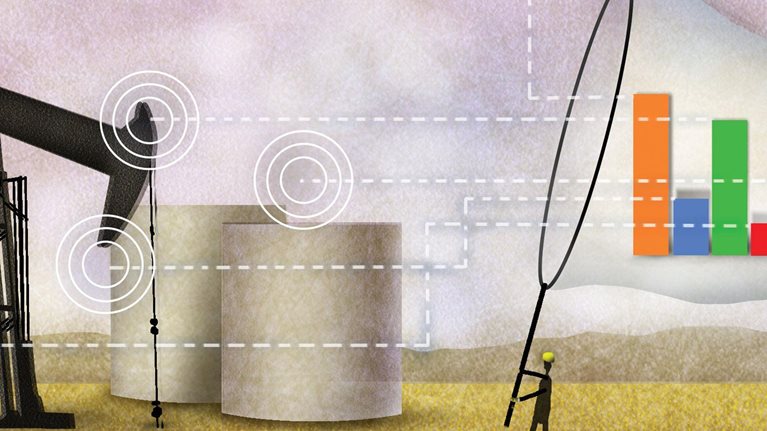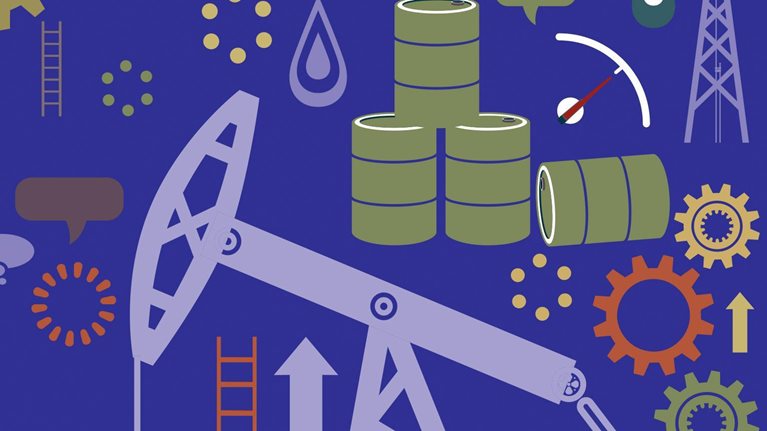Long before Miguel Galuccio was named to run Argentina’s state-owned energy company YPF, he learned a valuable lesson. A fellow engineer insisted that getting a foot in the door of the oil-and-gas sector required being in the field, not the lab. So Galuccio joined YPF—in the field at first, steadily rising until he was appointed to run the company’s oil operations in Indonesia, in 1998. When Repsol acquired YPF, a year later, Galuccio joined Houston-based oilfield-services firm Schlumberger, where he went on to create an integrated project-management division.
In the early days of that effort, Galuccio received a call from Argentine president Cristina Fernández de Kirchner, who intended to renationalize YPF and wanted him to run it. While he harbored some initial doubts about attempting to build a company that would combine the best of the private and public sectors, Galuccio was heartened by Kirchner’s willingness to seek him out. In this interview with McKinsey’s Rik Kirkland, Galuccio discusses the evolution of his career and his approach to leadership, as well as the expansion of YPF into a company with revenues of more than $16 billion annually—not to mention the world’s second-largest shale-gas deposit, Vaca Muerta, which may help Argentina become energy independent. An edited transcript of Galuccio’s comments plus video clips follows.
Interview transcript
Accepting the YPF challenge
I remember having the discussion with the president, basically the day that we signed onto this. And I said to her, “Well, look at this; we are championing something and we don’t know how we are going to adapt, because, really, I don’t know you well, and you don’t know me well.” But I understood that she was taking more risk than me. Because it would have been much easier for her to hire somebody that she knows very well, from the political background that she knows, someone she trusts. To bring in a professional manager she didn’t know anything about and, basically, give him this big company to run—she took a lot of risk.
For me, the most important goal, which we agreed upon, was to build a company that combines the best of the public sector with the best of the private sector in an ambitious way. How do you execute that? How do you make a company that runs successfully, like a private company, but at the same time has the power of being aligned with the government, with the public sector, with the needs of a country? Those were the critical questions to answer.
Creating a company’s DNA
Probably the biggest initial challenge was to put the team together. We brought a lot of people from abroad—Argentineans who had been exposed to an international career. And we managed to bring people from a broad range of sectors, not just oil and gas, who have brought a lot to the company so far.
We created a 100-day plan. I put down in black and white what the DNA of the company would be and discussed it with the government just to make sure we were aligned. There were three main elements. First, the company was going to be run professionally, in terms of integrity and how decisions are made. I spoke a lot about creating a meritocracy when I came into the position, just to make sure people understood that they were going to be valued for the results that they delivered, above all else.
The second element was that the company would have a national sense. YPF collects pretty much 100 percent of its revenue in Argentina. That doesn’t mean that we raise the flag every time that we come to the office. It means that we are going to help the country become self-sufficient in the future and to get onto the right path in terms of energy.
The third is that every activity that we engage in will create value for our shareholders—all our shareholders. If we ran the company with these three elements in mind, I thought we were basically going to hit the right targets and also create the right connection between the private sector and the government sector.
Motivating amid change
We had a plan to become number one or the leader in every business segment that we were working in. We had to change the mind-set of people to go for a new target that was a very aggressive one. That was a way of motivating them.
At the beginning, of course, everybody asks where the money’s going to come from. We had a plan to triple the level of investment. And when we proved that we could be very resourceful and got those funds converted into physical activity in the field, I think that brought a lot of motivation to the team.
The other thing that we did was create a new matrix organization that basically empowered people. Two and a half years ago, managers couldn’t buy a pen in the field without asking for permission. Today, we have an asset-management organization with regional managers who are completely empowered to bring the goods at the end of the year.
There are a few tasks that I don’t delegate. Our relationship with unions is one. Union leaders talk to me. They have my mobile phone. And we created a program called YPF y Los Trabajadores,1 which is all about safety. We aimed to triple the level of drilling activity, and we had to do it in a safe, sound way. So I talked to the union leader about how we could do that together.
Achieving energy independence
To move the company from cash-cow mode into profitable-growth mode, we had to make sure, first of all, that we were able to get the capital. In the postnationalization stage, it was very difficult to convince the markets that they could trust the new management—and YPF—to go down the right path.
So we told them our story and what we were going to do. We repeated that ritual a few times. And when they started to see that we were delivering on our promises, our credibility went up. For us, raising pesos was a no-brainer because it was the cheapest money that we could get. So we did a few approaches to the market, very tailored to the pools of money that we knew we could attract. And we ended up raising $1 billion—the biggest bond issuance in the country’s history.
When you look at production targets and what we have achieved, we have grown the production of gas, year over year, 33 percent. When you look at the benchmarks of other oil companies, that’s a great result from any angle.
Today we have the track record and we have the trust. In 2011, YPF drilled 1 gas well; this year, we should end up drilling 150. We have 14 rigs working nonstop on gas. A few years ago, the company was probably making, on average, around $3.20 per million Btu.2 Today, on average, we do probably $5.50. But for new gas, we get $7.50. And that profitability allows us to develop, which is very important for the country. We are producing gas. We are creating jobs. We are delivering a very good return on investment. And we are attracting great partners, such as Chevron.
Now, if we can continue to escalate what we are doing, not just as YPF but as an industry, and bring in more players, then the world’s next shale boom is going to happen in this country. And Argentina has the potential to be energy independent and become a net exporter. It’s not a question of whether the resources are here. They are. The question is how fast can we develop them. The question is when. But the potential exists. It’s not science fiction.


